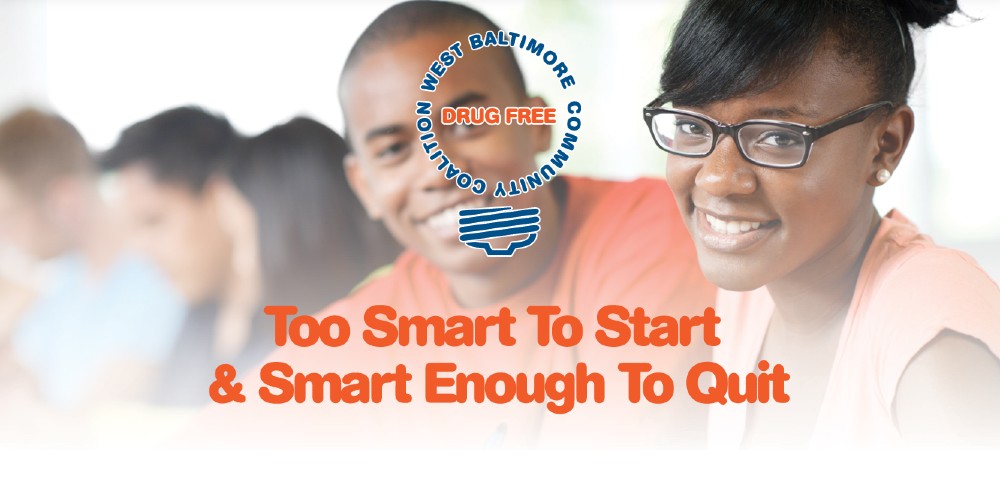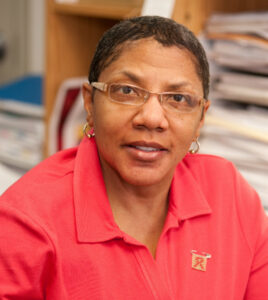Get SMART West Baltimore DFC Uses Perceived Risk Hierarchy Theory to Help Youth in High-riskscapes

Dr. Lorece V. Edwards is the Project Director for the Get SMART West Baltimore Drug Free Community Coalition (DFC), which is made possible through a federal grant.The Centers for Disease Control & Prevention (CDC) featured in the DFC Me the Get SMART West Baltimore DFC in its monthly spotlight of coalitions nationwide. Below is the article titled “
One of the greatest challenges faced by The Get SMART West Baltimore DFC Coalition is working in an environment known as a high-riskscape. High-riskscapes are areas that continue to be challenged by the results of discriminatory housing (e.g., red-lining) and segregation. The theory is that youth who reside in high-riskscapes are in a constant state of mobilizing for fight or flight and on high alert for perceived threats. Under these circumstances it becomes less likely for them to concentrate, learn, recall, perceive a future orientation, and/or delay immediate gratification.
Informed by their rich public health background and deep understanding of their community’s historical and ongoing challenges, the Get SMART DFC has developed a risk identification tool. The DFC works with youth in their community to develop individualized risk portfolios that include a risk assessment and a risk prioritization analysis. The risk assessment identifies the youth’s perceptions of imminent and immediate risks such as the threat of community trauma, violence or exposure to violence, high-risk and hostile environments, neighborhood decay, and perceived survival expectations. The risk prioritization is made based on the perceived hierarchy of risk identified by the youth. This provides a description of the factors that contribute to the health behaviors and attitudes of youth and emerging adults in the community.
The Get SMART West Baltimore DFC Coalition works with their youth population to unpack their individual risk portfolios to better understand the risk factors at play and inform their interventions. They use a strengths-based approach to show their youth that they are not responsible for the historical trauma in the community and that they have the power to change themselves. The Get SMART DFC instills hope by informing youth of their options, referring them to community organizations such as after school programs and faith-based organizations. Centered on resiliency and community building, the DFC uplifts their youth and works hard to undo the mistrust in the community.




